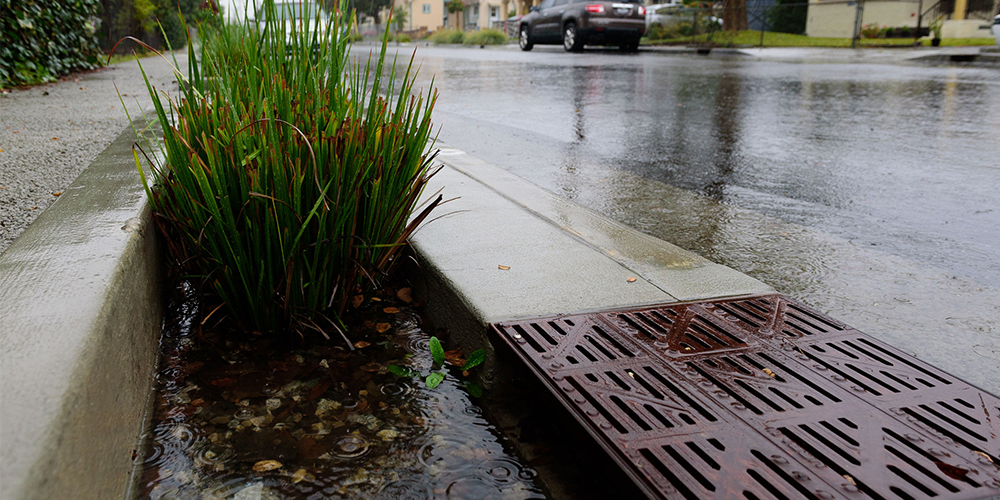Informing equitable stormwater investments in L.A. County
Findings from new UCLA report emphasize the need for community-selected and benefiting projects
In a drought-prone area like Los Angeles, rainwater provides tremendous potential to boost local water supply, as well as provide multiple other ecosystem and community benefits.
That’s why in 2018, L.A. County voters approved Measure W, a tax that raises about $280 million annually to capture, clean and reuse water runoff. Measure W and the program it created, the Safe Clean Water Program, funds projects to clean and strengthen the local water supply and build community resilience.
Research by the UCLA Luskin Center for Innovation and Stantec is helping to ensure that these investments benefit all Angelenos, especially residents of disadvantaged communities, as the program already calls for.
A new report provides advice to the county to strengthen the impacts of the program over time.
The study analyzed 116 projects funded by the program — projects like converting open spaces into wetlands and adding rain gardens along transit lines.
Researchers explored the program’s selection process, how projects are geographically distributed in disadvantaged communities and the anticipated benefits from each project. The research team also conducted workshops with non-profit, community-based, and public and private sector stakeholders to understand neighborhood needs.
“We found that community engagement is key to the program’s success in delivering benefits to disadvantaged communities,” said Jon Christensen, co-author and affiliated scholar at the UCLA Luskin Center for Innovation. “It’s crucial that members of disadvantaged communities have the opportunity to identify those benefits for their own communities. It can’t just be a top-down process.”
Christensen emphasizes that robust community engagement is essential throughout all stages of a project — from identifying community priorities, to developing proposal projects, throughout implementation and on to operations and maintenance. Community-based organizations with strong existing local relationships can be best positioned for this education and engagement, particularly in disadvantaged communities.
Further, the researchers highlight the need for additional support to conduct this engagement.
“Robust community engagement takes work. Additional funding for community-based organizations, technical assistance and program guidelines will help make this possible,” said Gregory Pierce, co-author and co-director of the Luskin Center for Innovation.
This report represents part of the first stage of a two-year Metrics and Monitoring Study study commissioned by the L.A. County Flood Control District. The broader study team is an interdisciplinary group of organizations led by DRP Engineering, and includes the Nature Conservancy, Stantec, Craft Water and UCLA.
This project builds upon the Luskin Center for Innovation’s research on local water resilience, environmental equity and urban greening, as well as L.A.’s voter-approved infrastructure measures.








